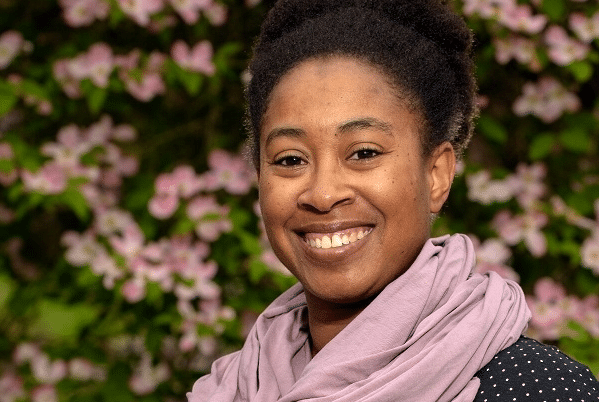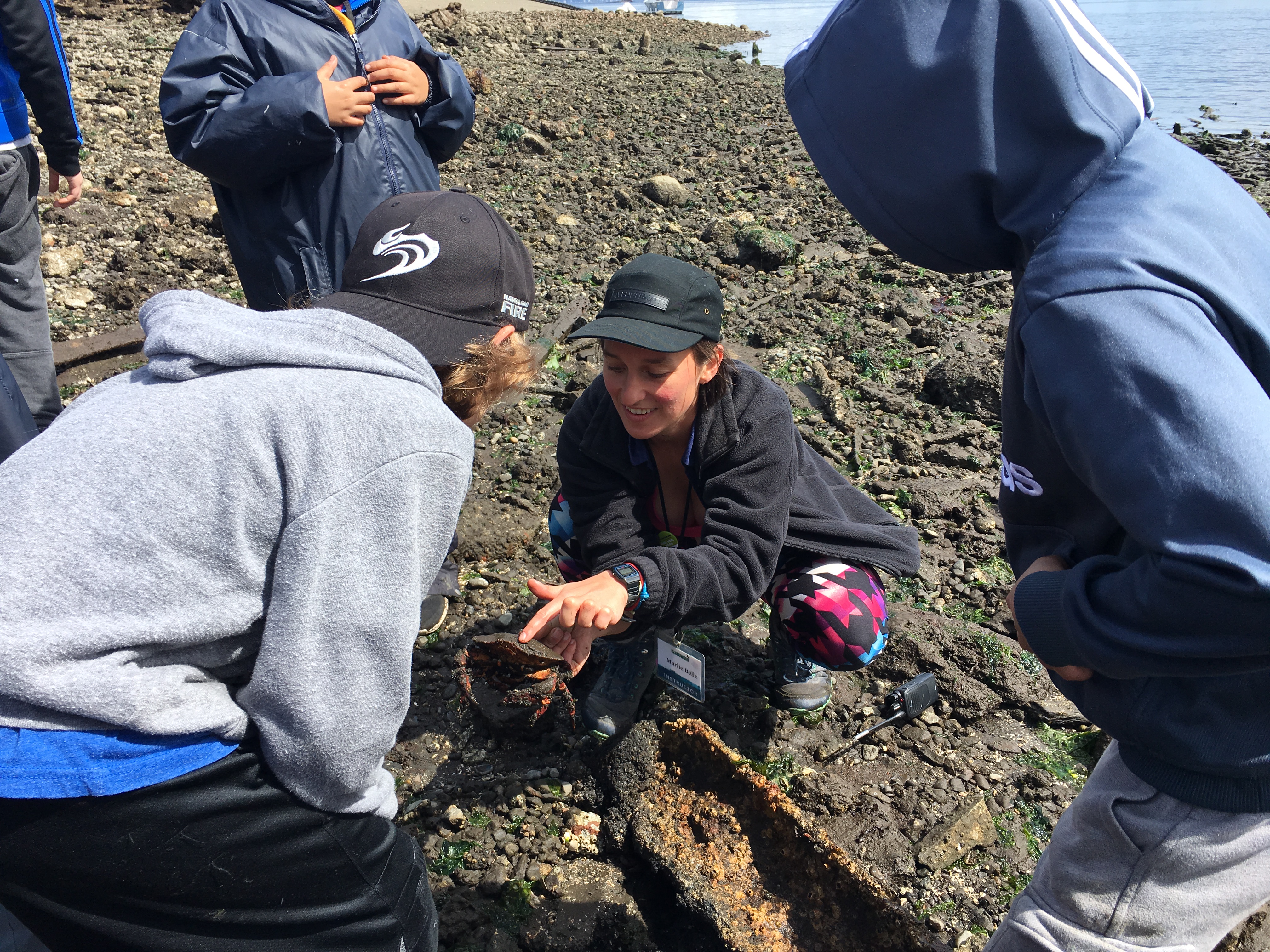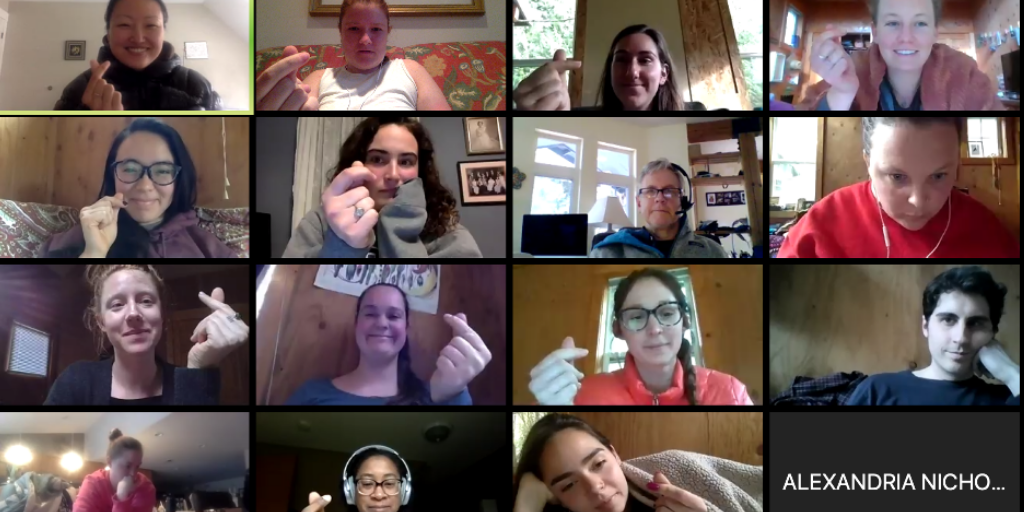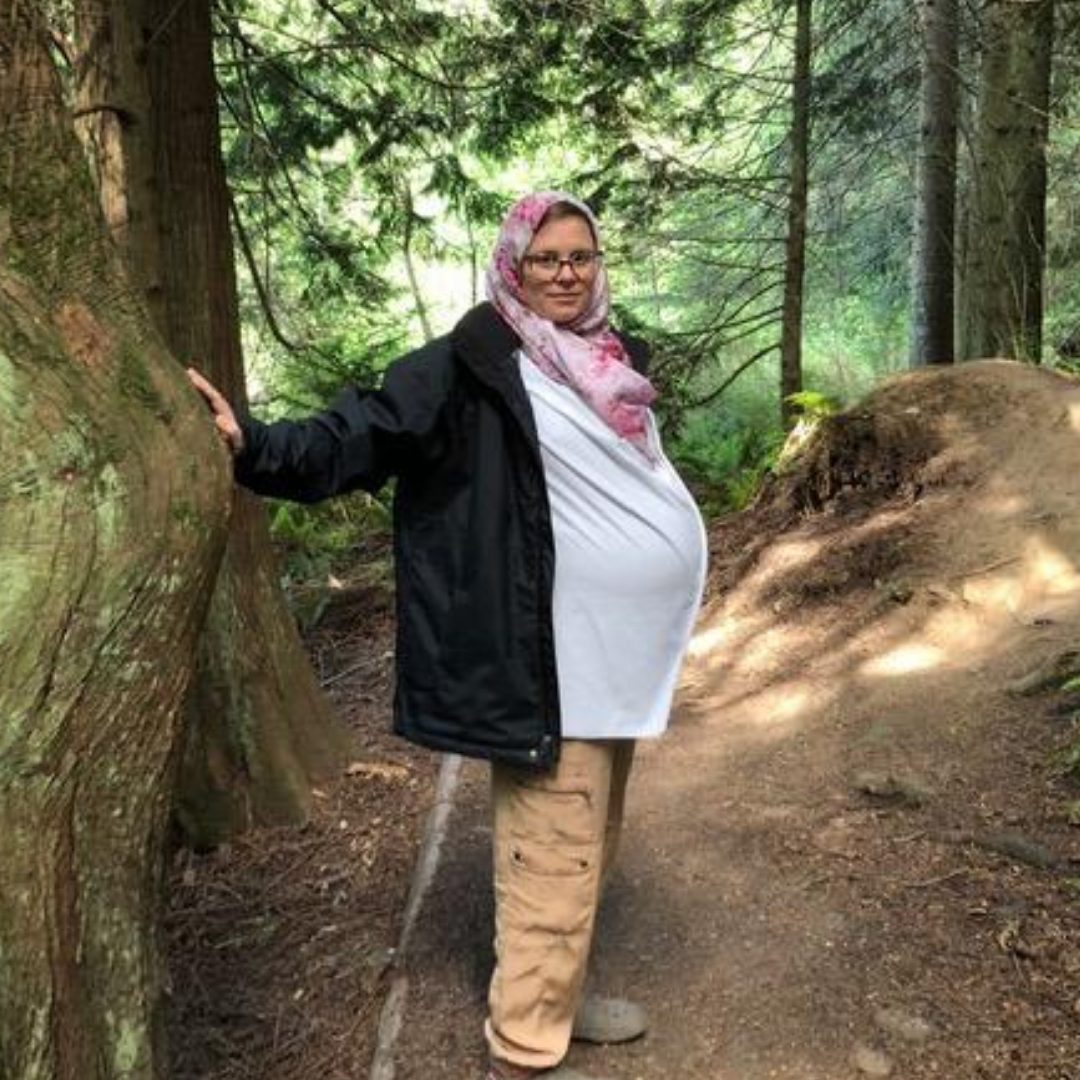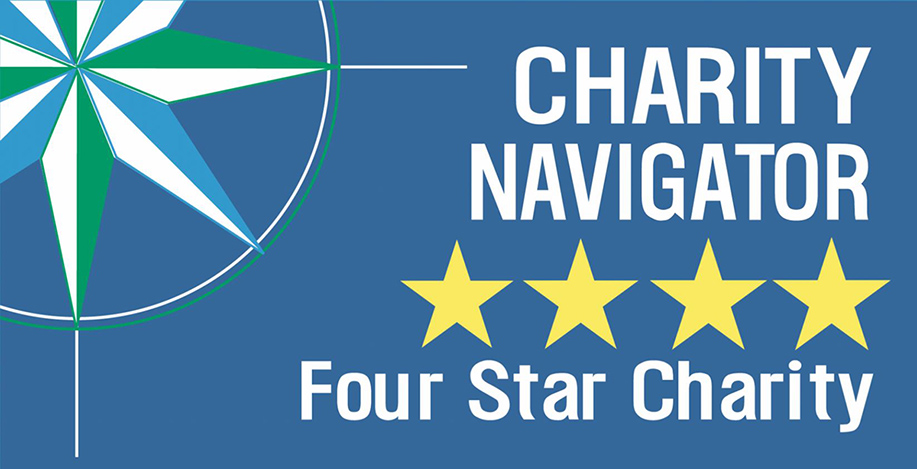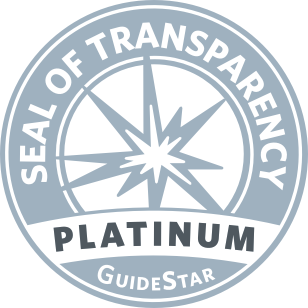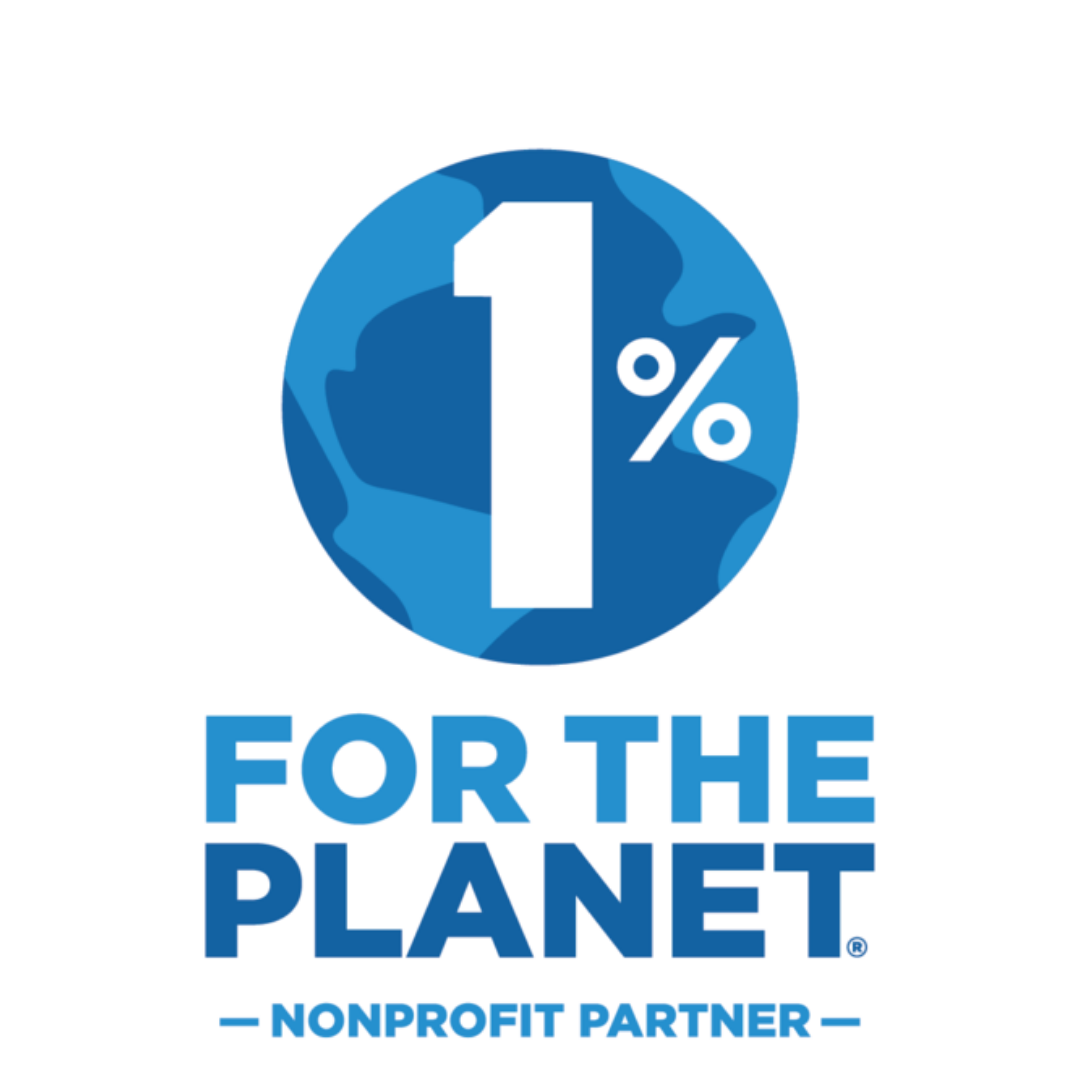We’re thrilled to share a new initiative that we have recently formalized,
Author: Déana Scipio
IslandWood is thrilled to welcome Dr. Déana Scipio as our new Director of the Graduate Program in Education for Environment and Community (EEC). As an alumna of the program herself, she brings a unique perspective and extensive experience in the field. Déana completed the EEC program in 2008 and later earned her Master and Ph.D. from the University of Washington’s College of Education. She has dedicated her career to educational design and research to broaden participation for learners from non-dominant communities who have historically been underrepresented in science, technology, engineering, and mathematics (STEM). Get to know her through this interview, and read more in her faculty bio and our press release.
As an alumna of the program, what is drawing you back to it in this new capacity?
I was excited by the opportunity to come back and shape a program that gave so much to me as a person, educator, and scholar. IslandWood was the first place where I examined my teaching through the lens of educational theory. I was able to learn by doing and then reflect with my mentors about why certain things worked. I was also able to get support when things went awry. I’m excited to join the leadership of the EEC graduate program as I see so much potential to help the program continue to grow from strength to strength in order to serve the needs of an increasingly diverse population of students who each bring wonderful ideas, new ways of being, new questions, new approaches, and new sense-making practices with them to solving environmental issues.
What initially attracted you to the IslandWood EEC grad program?
I was drawn to the EEC program because of the opportunity to learn while doing. I had many years of experience in informal learning environments and I knew that I would not have been content with a masters program that had me spend two years in a classroom. IslandWood was the best of all worlds, an intimate learning community, a practice-oriented learning environment, time in the field with youth, and exposure to educational theory that we could then put into practice the very next day.
Describe a “watershed” moment in your professional career.
While working for an after school program in San Francisco, I worked with a CEO with whom I never saw eye-to-eye. I advocated for the youth and families in our program, a position that often pitted me against the CEO. At the time, I had many ideals and a vision for equitable STEM education for youth from non-dominant communities. However, I did not yet have a masters or doctorate degree. The CEO let me go using my lack of higher education degrees as a justification for removing me from a position I loved. This was the experience that led me to pursue higher education. I never wanted to be in a position again where someone else, whose values I found questionable, could decide that I was not prepared enough to enact my ideas or advocate for the youth and families in my community.
How has your research influenced your perspective/philosophy of education?
I had always thought about broadening participation as the process of creating more access for youth from non-dominant communities. I bought into the idea that once we could get more people from non-dominant background into science, technology, engineering, and mathematics (STEM) programs, that access would result in more professionals from non-dominant backgrounds in STEM careers and learning spaces. My personal experiences, research at the University of Washington, and post doctoral fellowship at TERC really challenged the status quo about broadening participation and got me thinking about the kinds of environments we send youth into in STEM teaching and learning environments that do not always welcome them or allow them to bring their whole selves to the work they do. This inspired me to redefine broadening participation to include new ways of knowing and to include new metrics of participation.
Tell us about a memorable experience with a student.
One experience I remember particularly well was the first time I had a group of all boys [in my field group at IslandWood]. They were rambunctious and sweet. When we got to the harbor it was a very clear day and we could see buildings of Seattle in the distance. One young man started to get teary-eyed and his buddies jumped in immediately to console him. We spent a very active week in the woods together singing trail songs and learning about the watershed. The attention-getter we settled on was also vocal. I would call out, “can I get a whoop, whoop?” and they’d all respond boisterously “whoop whoop.” When I took them for a solo walk along the Marsh Trail, I was concerned that they might take a wrong turn so I put down a card just past the fork in the path that said “can I get a whoop whoop?” I was able to sit in the bird blind and know they all took the right turn because I could hear them all calling out “whoop, whoop” and laughing as they got to the card.
Of the skills you learned as a graduate student instructor working with children, which do you still use with those you teach today?
Large group facilitation is one of the skills I learned as a graduate instructor that continues to serve me today. It makes it easy for me to read a room and determine how to get each participant to bring their best selves to the activity. I often start activities with an icebreaker and a debrief inspired by time on the teams course at IslandWood.
Describe a place that has your heart. Maybe a “sit spot?”
I have many favorite sit spots. I’m going to give you two. At IslandWood, it’s on one of the nurse logs along the Marsh Trail. When I was a grad student, this was the place where I did my observations for my nature journal. I also have a sit spot in Tobago–the Caribbean island that my parents are both from. In Tobago my sit spot is out at the end of the pier at Fort Granby; it’s a glorious place to sit in the Caribbean breeze and watch the waves crash against the rocky shoreline.
Where do you find yourself most Saturdays? What’s your “natural habitat?”
I love to make music and I’m really looking forward to living close enough to my bandmate to make some music weekly with him in Seattle. I also love partner dancing and I particularly enjoy the inclusive scene in Seattle where everyone just comes for the blues and fusion dancing.
(Photo credit: Mike Bicknell)
Please note that this post was last updated on 5/17/2018. Some details, including job title or place of employment, may have changed since then.

